Unlocking digital & TV synergies and the impact on the entire marketing funnel
With platform agnostic media consumption on the rise, 360-degree media campaigns have become the mainstay of most marketing plans. It’s not fashionable to approach media planning in silos, and brands that can afford it, often opt for a multi-platform blitz to create maximum impact. TV and print campaigns afford the highest reach and have been proven to be most effective while executing top of mind awareness (TOMA) campaigns. However, in contrast, digital may be leveraged for TOMA, consideration and point of sales (POS).
Let’s take the example of television. Drop offs during ad breaks are anticipated by media planners and influence buying decisions and rates. A study by TAM Media Research revealed that entertainment shows during primetime slots saw a 22 per cent drop off, while movie channels saw an even greater drop off at 35 per cent. Cricket had the most resilient viewership at only 4 per cent drop offs. At that time, the findings showed that most of the drop offs happened because of channel flipping. While drop offs continue to happen, from personal experience I can imagine the scenario has changed.
Also read: Will digital hold on to No. 2 spot in terms of ad spends during peak festive season?
A lot of consumers are now multi-screening, which means that instead of flipping TV channels, they are engaging with other devices like laptops or smartphones. According to data shared by adtech player SyncMedia, 44 per cent of smartphone owners use mobile while watching TV; 73 per cent engage in activity unrelated to the television program they are watching; Closer to 28 per cent engage in activity directly related to the advertising shown while watching TV.
“When measured, it has been found and written about that more than 77 per cent of the TV viewers are active on their second screens and are 87 per cent more likely to do so during the ad-breaks,” informed Anubhav Sharma, Founder and CEO, SyncMedia.
App-based brands, which are thriving during the Lockdown, have experienced the direct effects of multi-screening. By mapping air time of their commercials on television with user behaviour on their digital platforms, the immediate outcome of commercials is reflected by a surge in app installs, web traffic and search volumes.
According to Preetham Venkky, President, 22feet Tribal Worldwide, “Time parting during primetime is an ideal pattern to leverage around user behaviour. Since increasingly TV viewing isn’t synchronous anymore, live TV and appointment viewing based programming is the other way to leverage two-screen targeting. User behaviour typically changes based on three factors, programming related, brand related and habit related.”
Shekhar Banerjee, Chief Client Officer & Head – West, Wavemaker India, observed, “TV behaviour is not influencing digital strategy anymore; we have crossed that milestone and in this new world, they are two individual forces. We are now accelerating towards ‘synergies’, it means a combined deployment of digital and TV to impact the entire marketing funnel.”
This means that planners acknowledge that after being exposed to an ad, consumers may look to their mobile devices to do preliminary research on a product/ service or explore direct-to-consumer purchase channels. To do that, “each stage of the consumer journey needs to have separate measurements put in place”, remarked Venkky. Adding further, he said, “On the awareness stage of the funnel, it can be across – TOMA (Top of Mind Awareness), Preference, SOV (Share of Voice). On the consideration stage of the funnel, it can be measured with – Uplift in organic search and organic traffic; On the conversion stage of the funnel, it can be across – App installs, traffic and sales uplift.”
Sharma explained, “If you are planning to buy a new mobile device (In market) and saw an ad from a leading OEM launching a new device, would you not go on the Internet and search for it? If yes, then you already are equipped with basis of measuring the search impact of TV advertising. The complexity is to measure the impact when you have multiple creatives with several edits and languages, spots running on 100s of channels, overlaps, and so on and hence, the algorithms.”
While many clients are deploying multi-media campaigns, the measurement of outcomes is still happening in silos. Sharma noted, “Most clients are measuring the TV in the traditional manner, that is, the data collected from a much smaller sample size getting extrapolated to the entire TV viewers universe in India to reveal the reach and frequency of their ad campaigns. There might be a measurement for lift in site visits, app downloads, transactions, etc., but the insights don’t go deep enough to help advertisers optimise their TV channel mix.”
Venkky added here, “Normally, most marketers don’t always plan for a two-screen experience. The exception is during a season of appointment viewing like the IPL or World Cup. When a two-screen approach is considered, the parameters won’t be limited to just the ad breaks alone and will naturally extend to periods before and after the appointment viewing as well. Since consumer behaviour has always been to multi-task between both the large screen and their mobile devices, it is important for most brands to have significant presence on both.”
Marketers have been studying recurring events like IPL for many years and have been able to leverage repeating patterns of consumer behaviour. It helps that a lot of the same audiences are viewing TV content on digital platforms, allowing planners to glean more insights. “OTT platforms luckily have user data which can assist in the overall planning process. Google and Facebook do share reports and summary data which help in both the creative and media planning process,” explained Venkky.
So, what are consumers up to when they are watching TV? According to SyncMedia’s Sharma, “Our normalised data reveals, that 42 per cent are on social media, 35 per cent are browsing (other apps), 11 per cent are on transactional sites, while 14 per cent are playing online games. Interestingly, on the search front, only 7 per cent or less engage with program-related queries, but when it comes to advertising, the number goes up to as high as 28 per cent; even higher for few categories, which is one of the best early indicators of a campaign success like lift in search index.”
We’ve explored how these strategies are able to drive outcomes across all parts of the consumer funnel. “In this journey, one of the biggest levers for success is measurement. It helps us measure the impact of each element deployed against business outcomes including sales,” said Wavemaker’s Banerjee. From a client’s perspective, whose concern especially in these times, is to get the maximum bang for their buck, digital attribution and measurement serves feedback loop that optimises media spend efficiency and RoI.
“So, a media plan with say 20k spots running across 100+ channels gives a delta of X% in site visits is one very broad level method to measure the effectiveness, but attributing millions of organic visits on client’s website individually to each of those 100+ channels to reveal which creative on what day part in which market for core TG is outperforming another is the type of insight needed to optimise,” concluded Sharma.









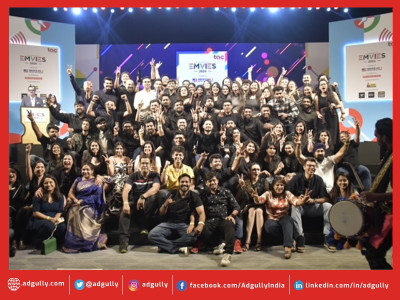
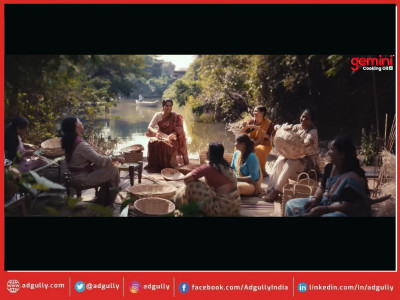
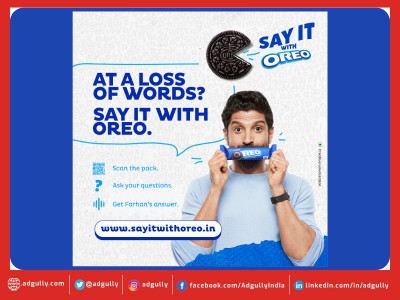


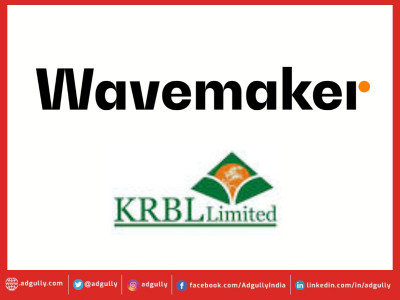
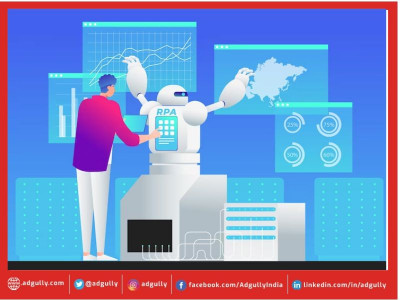
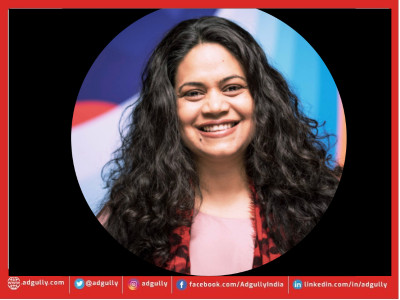
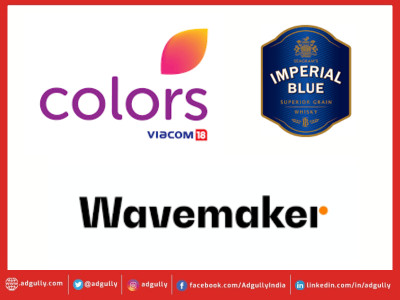



Share
Facebook
YouTube
Tweet
Twitter
LinkedIn